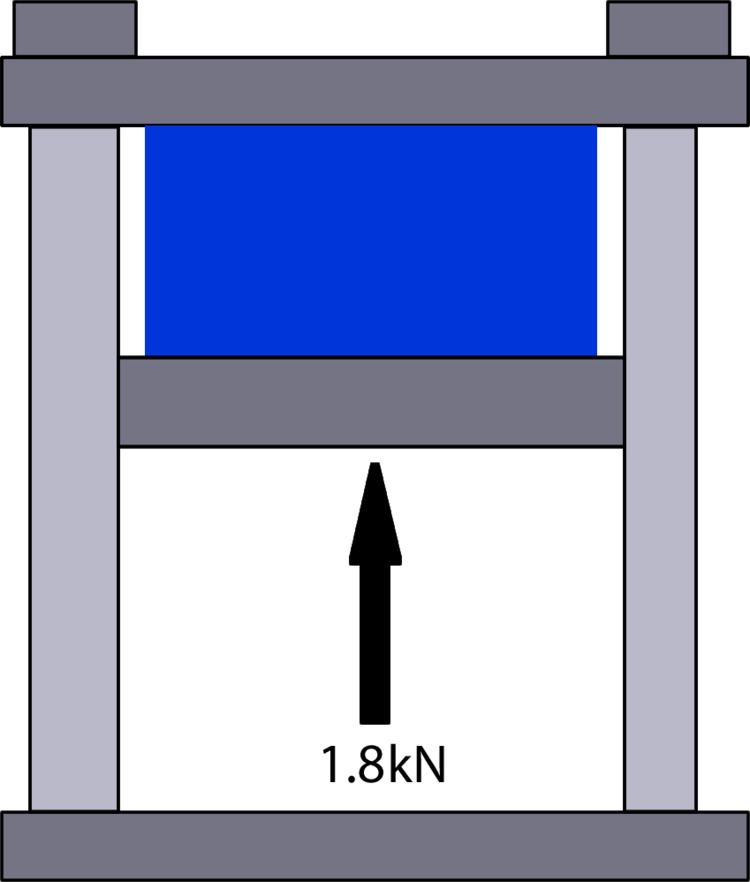 | ||
The compression set (ASTM D395) of a material is the permanent deformation remaining when a force (that was applied to it) is removed. The term is normally applied to soft materials such as elastomers. There are two ways this is normally measured; compression set A and compression set B.
Contents
Compression Set A
This has the formal name compression set under constant force in air. In compression set A a force of 1.8 kN is applied to the specimen for a set time at a set temperature. Compression set A is defined as the percentage of original specimen thickness after the specimen has been left in normal conditions for 30 minutes (therefore CA, the compression set A is given by CA = [(to - ti) / to] * 100 where to is the original specimen thickness and ti is the specimen thickness after testing).
Compression Set B
This has the formal name compression set under constant deflection in air. The specimen is compressed 25% of its original height for a set time and at a set temperature. Compression set B is (like Compression set A) defined as the percentage of original specimen thickness after it has been left in normal conditions for 30 minutes (therefore CB, the compression set B is given by CB = [(to - ti) / (to - tn)] * 100 where to is the original specimen thickness, ti is the specimen thickness after testing and tn is the spacer thickness or the specimen thickness during the test).
